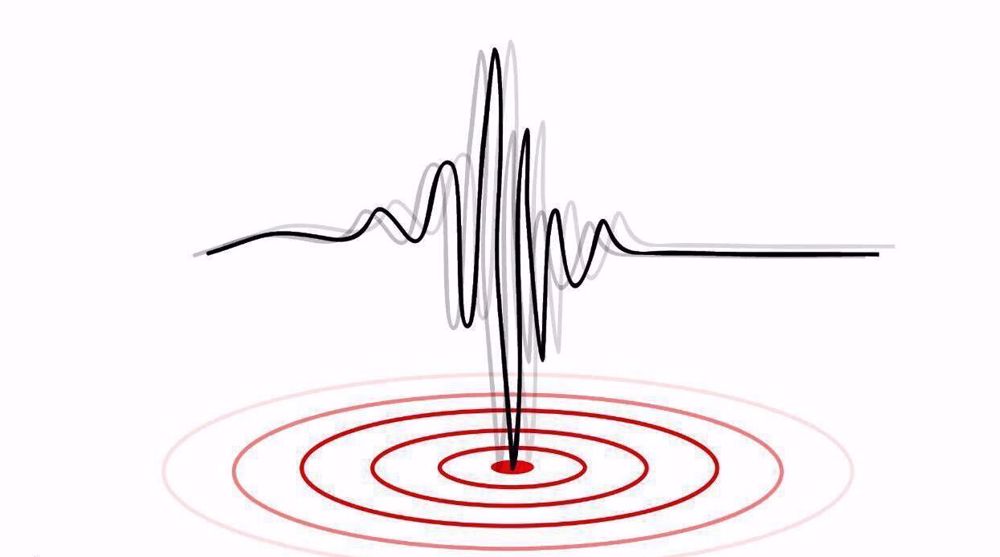New method developed for artificial limb growth
Researchers have developed a new method which could be the first step towards the development of bioartificial limbs suitable for transplantation.
A group of Massachusetts General Hospital (MGH) scientists stripped vascular and nerve cells from the forepaw of a dead rat and managed to regrow new veins and arteries on the remaining structure. Then they successfully transplanted the regenerated limb in a living rat, the UPI reported on Tuesday.
"Limbs contain muscles, bone, cartilage, blood vessels, tendons, ligaments and nerves -- each of which has to be rebuilt and requires a specific supporting structure called the matrix," said MD Harald Ott of the MGH Department of Surgery and the Center for Regenerative Medicine.
After the limb was transplanted in a living animal, tests showed it was performing with 80 percent of the strength of that of a newborn rat, and that blood was flowing through the limb.
"We have shown that we can maintain the matrix of all of these tissues in their natural relationships to each other, that we can culture the entire construct over prolonged periods of time, and that we can repopulate the vascular system and musculature."
"In clinical limb transplantation, nerves do grow back into the graft, enabling both motion and sensation, and we have learned that this process is largely guided by the nerve matrix within the graft. We hope in future work to show that the same will apply to bioartificial grafts," Ott added.
The next step will be to replicate the success in muscle regeneration with human cells and to expand research to other kinds of tissue such as “bone, cartilage and connective tissue," he noted.
SRK/MHB/AS
VIDEO | Press TV's news headlines
Iran says Christmas opportunity to remind ourselves of Jesus Christ call for 'justice, peace'
VIDEO | Eyewitness video shows moment of plane crash in Kazakhstan
VIDEO | Lebanese Christians celebrate Christmas over ruins
Iran FM: ‘Too early’ to predict Syria’s future for those thinking ‘victories’ achieved
The big role of steel industry in Iran’s development
Yemen fires second hypersonic missile at Israeli targets in as many days
UK suspends 6,500 Syrian asylum claims after Assad's fall










 This makes it easy to access the Press TV website
This makes it easy to access the Press TV website